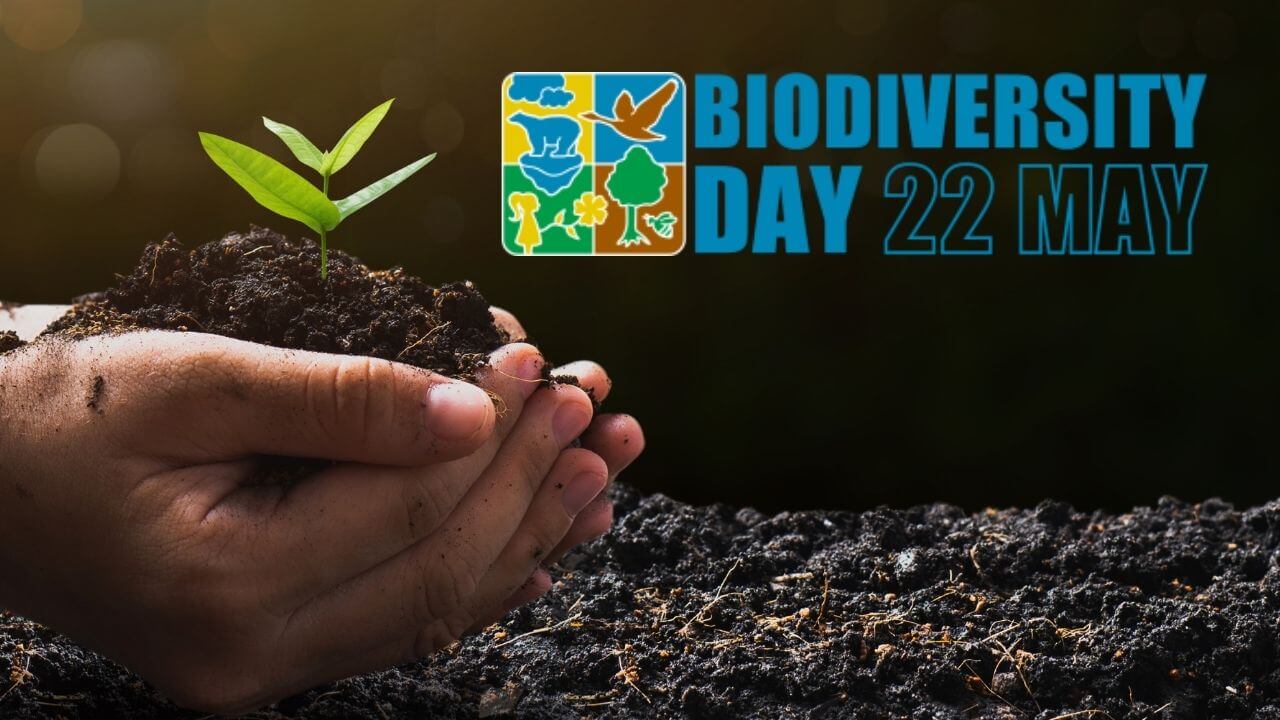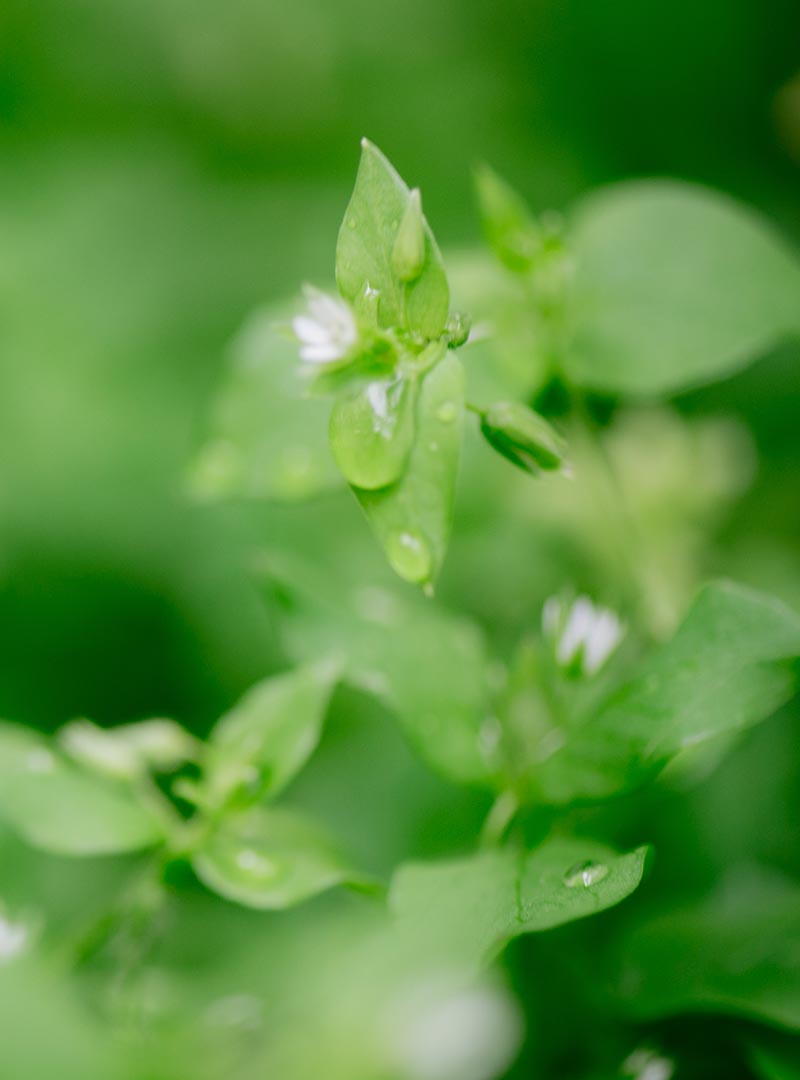
Celebrating The Web Of Life
Jon Cojin
Every year, on May 22nd, the world comes together to observe the International Day for Biological Diversity. This important day serves as a reminder of the incredible diversity of life on our planet and the crucial role it plays in sustaining ecosystems, human well-being, and the health of our planet. In this blog post, we will delve into the significance of biodiversity, explore its myriad benefits, and discuss ways in which we can actively contribute to its preservation.
Biodiversity is the intricate tapestry of life that sustains our planet. It is not just about the sheer variety of species, but also the interactions and relationships among them. Biodiversity ensures the stability and resilience of ecosystems, allowing them to withstand environmental changes and provide essential services. Each species, from microscopic organisms to majestic animals, plays a unique role in maintaining ecological balance. Losing biodiversity means losing potential cures for diseases, depleting vital resources, and disrupting the delicate web of life. By protecting and preserving biodiversity, we safeguard our own well-being, secure a sustainable future, and honor the beauty and intricacy of nature’s masterpiece.


It is not just about the sheer variety of species, but also the interactions and relationships among them.
There are many ways to support biodiversity:
Conservation and Restoration: Protecting existing habitats and restoring degraded ones are vital strategies to preserve biodiversity. Support local and global conservation efforts, whether through financial contributions or volunteer work. Encourage the establishment of protected areas and promote sustainable land and resource management practices.
Sustainable Agriculture: Embrace sustainable farming practices that prioritize soil health, water conservation, and natural pest management. Promote agroecology and the use of native and diverse crop varieties. Reduce food waste and choose products that have been produced with minimal impact on ecosystems.
Responsible Consumption and Trade: Make conscious choices when purchasing goods, ensuring they are sustainably and ethically sourced. Avoid products derived from threatened or endangered species. Support local, organic, and fair-trade products to reduce the environmental footprint of your consumption habits.
Education and Awareness: Raise awareness about the importance of biodiversity and its conservation among your co-workers, peers, family, friends, and community. Engage in educational initiatives and advocate for incorporating biodiversity education into formal curricula. Foster a sense of connection and responsibility toward nature in future generations.
Embracing the value of biodiversity is not only an obligation, but also a beautiful opportunity… By actively supporting its preservation, we not only ensure a healthy planet for future generations but also tap into the vast potential it holds for scientific discoveries, stabilized economic prosperity, and the enrichment of our lives. Joins us in celebrating International Day for Biological Diversity and commit to protecting and cherishing the extraordinary diversity of life that surrounds us.
Related Articles
Related
Regenerative Agriculture For Better Fibers And Chemicals
Regenerative agriculture is an essential starting point to build a more resilient and high-performing textile industry. By focusing on how and where raw materials are grown, regenerative practices deliver tangible benefits to both fiber production and the development...
Decoding Consumer Demands for Next-to-Skin Apparel
The apparel landscape is evolving. Gone are the days when style reigned by its lonesome. Today, consumers are demanding more – they want garments that not only look good but, more importantly, feel good and perform exceptionally, especially when it comes to their...
Comprehensive Raw Material Innovation
The path to sustainability for textile technologies demands more than replacing synthetic inputs with plant-based alternatives. While the market sees a growing number of bio-based solutions, many fall short of expectations. Retrofitting an existing technology by...
Join
